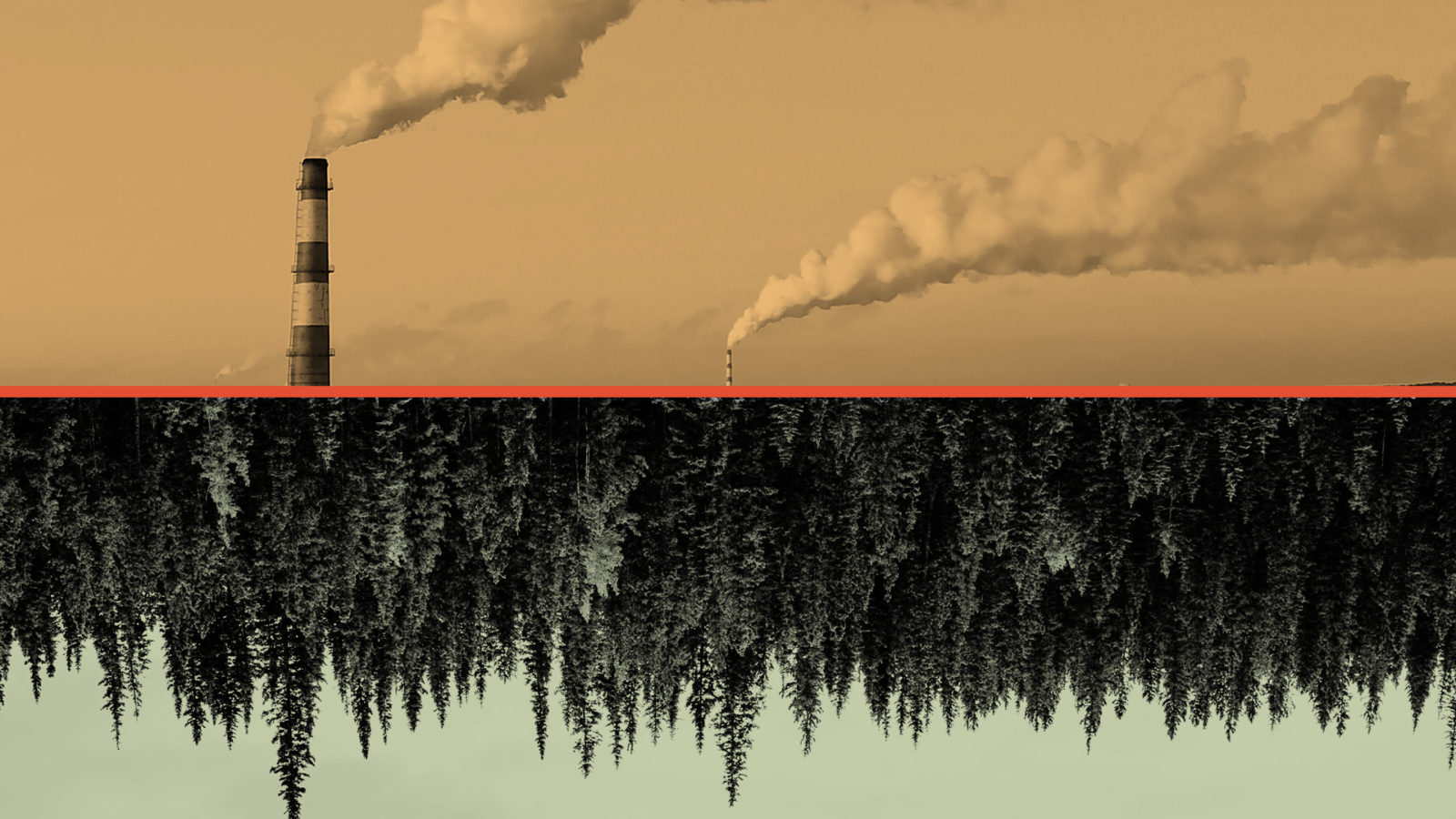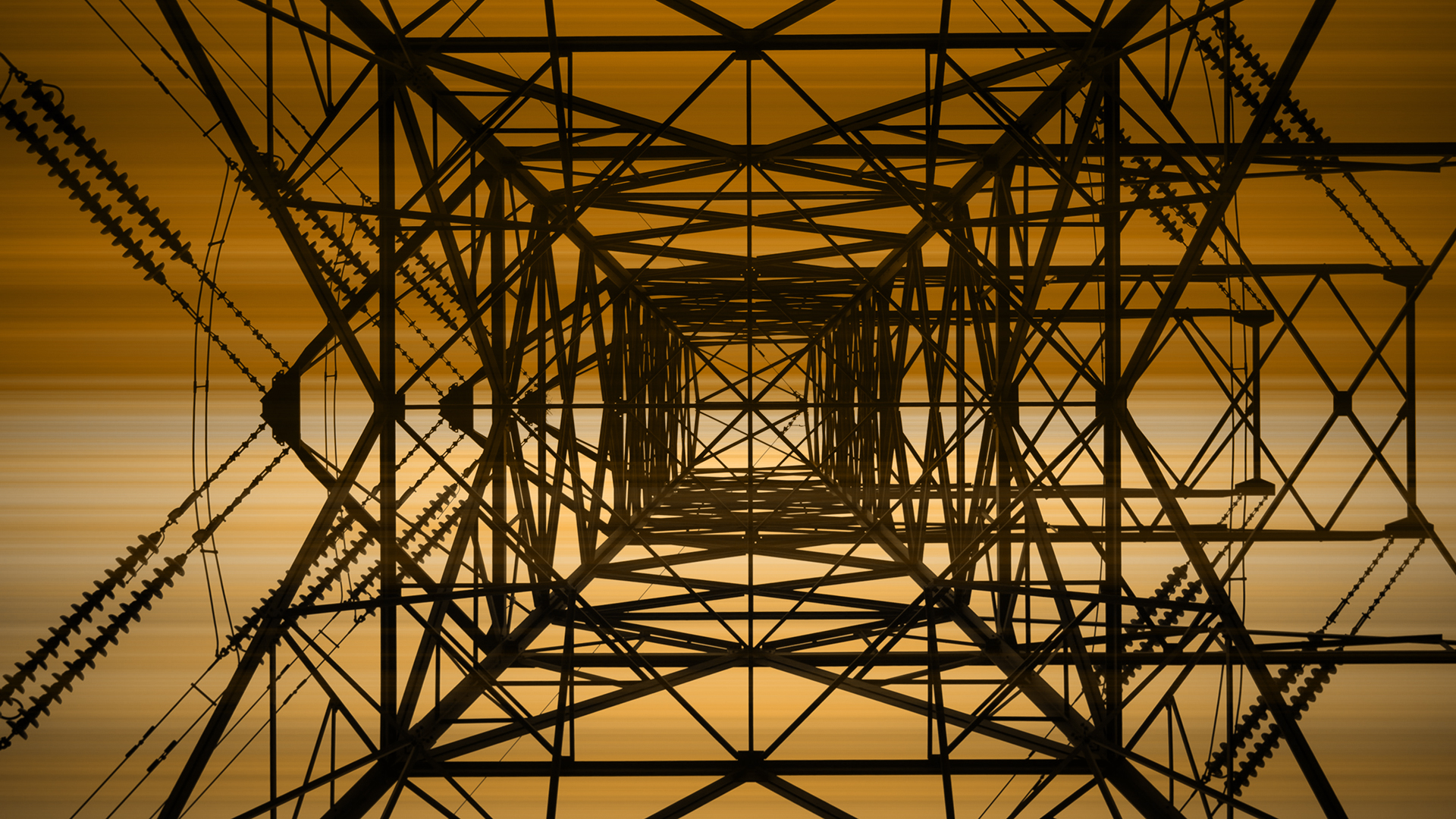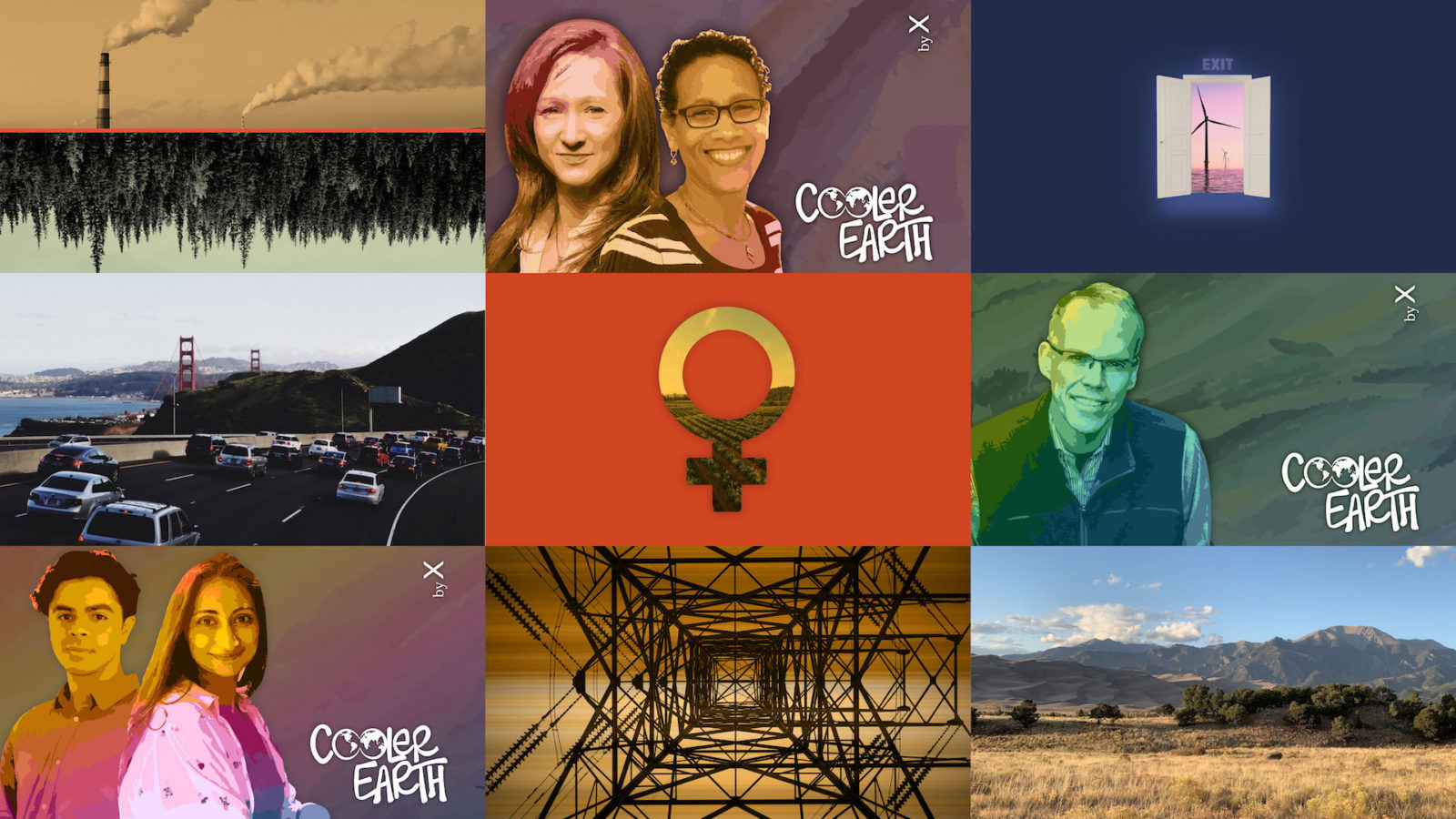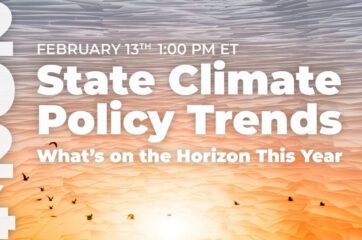This year, the theme for Earth Day is restoration. It’s a clarion call to restore and rehabilitate our natural, social, and economic systems imperiled by converging and compounding ecological and climate crises. While much of the world continues to grapple with the lasting impacts of the pandemic, environmentalists around the world are again celebrating Earth Day virtually. This year, though, is different.
Over the past few months, the climate movement has been thrust to the forefront of political conversation — especially as climate impacts continued compounding the effects of the pandemic. We began the year with a change in federal leadership — accompanied by tangible commitments to both national and international climate action — which reinvigorated momentum for addressing climate, environmental, and social justice issues in tandem. For the first time in a long time, hope rippled through our collective movement and we started to see how we could craft a more just, sustainable, and prosperous future.
This Earth Week, we also witnessed the reintroduction of the Green New Deal from Rep. Alexandria Ocasio-Cortez, Sen. Ed Markey, and Rep. Cori Bush, which provides a roadmap for the transformative changes we need to transition away from fossil fuels and spur the clean energy economy. The proposed legislation would put power in the hands of municipalities and provide them with the funding to create localized Green New Deals that work for every community.
Earth Day 2021 comes on the heels of renewed energy and political will, and the hope for social restoration as vaccines begin to mitigate the immediate threat of COVID-19.
To celebrate Earth Day and themes of restoration, we’re highlighting some of our writing on action, and the solutions we already have to overcome the climate and ecological crisis, as well as those leading them.

Photo illustration by Amanda Griffiths, Climate XChange. Pollution photo by Natalie Dmay on Unsplash. Forest photo by Michael Benz on Unsplash
We Can’t Stop Climate Change, But We Can (Still) Avoid The Worst-Case Scenario
New research refutes claims that we’re beyond the point of no return on climate change, and indicates that there is still hope. We can stabilize the climate if emissions drop to net-zero — meaning remaining human-caused emissions are balanced by removing emissions from the atmosphere — which would limit warming and return the climate to a more steady state before we cross a tipping point. If humans are able to stop burning fossil fuels and emitting greenhouse gases, then the climate could level out in as little as ten years, as opposed to the previously held notion that it could take up to 20–25 years for stabilization.

Photo Illustration by Amanda Griffiths, Climate XChange; Reference Photos for Adrienne Bloch and Kim Smaczniak courtesy of Adrienne and Kim
“Sometimes you have to make the good trouble”
“The law provides a structure for our fights, among other things. It provides that ground and that leverage because it’s something that is respected, so to speak, regardless of where you are or your place in this country. It’s really a place where we can really join together.” – Adrienne Bloch, Attorney with Earthjustice

Photo Illustration by Amanda Griffiths, Climate XChange. Wind Trubine Photo by Nicholas Doherty on Unsplash. French Turbine Photo by Philipp Berndt on Unsplash.
A green recovery is what the country needs right now – we have proof of how it would work
An infrastructure stimulus does not need to solely focus on physical infrastructure — by protecting and expanding community power, investments in social infrastructure will play a key role in our economic recovery. Further, rethinking metrics of a successful stimulus should be considered by governments now — rather than getting people back to work as quickly as possible. How can a government stimulus improve our infrastructure and transform our society into one that works for everyone?

Photo Illustration by Amanda Griffiths, Photo by Dan Meyers on Unsplash.
To solve the climate crisis, women must own more of the world’s land
Land, women, and climate change: the future of all three are intrinsically connected and must be addressed comprehensively to create equitable change and a livable future. Women, particularly Indigenous women, play a fundamental part in a community’s ability to sustainably manage, protect, and steward forests, which is much-needed to reduce the ever-increasing risks of degradation and loss.

Photo Illustration by Amanda Griffiths, Climate XChange. Photo by Shane Rounce on Unsplash
Why Grid Modernization Promises a Stronger Electrical, Environmental and Economic Future
The sprawling electric grid that generates, distributes and supplies electricity in the U.S. is facing a range of existential threats — including that of climate change, decaying infrastructure, and security risks. Undoubtedly, a vulnerable and defective electric grid constitutes major issues, where costs and emissions surge while improved technology cannot be incorporated. Yet, it also presents an opportunity: appropriately modernizing the grid can help us achieve the collective vision of “resilient, reliable, flexible, secure, sustainable, and affordable electricity”

Photo Illustration by Amanda Griffiths, Climate XChange. Reference Photo of Bill McKibben by Nancie Battaglia.
“Be a little less of an individual”
“I think my mantra in the most recent years has become, ‘the most important thing an individual can do, is be a little less of an individual and join together with others in movements large enough to make change.’” – Bill McKibben, author and activist

Maria Virginia Olano, Climate XChange
Disproportionately Impacted by the Climate Crisis, Indigenous Nations Lead on Lasting Solutions
Deep-rooted connections to, and understanding of, the natural environment is at the core of Indigenous responses to climate change. Many in the environmental movement today are calling upon this Indigenous knowledge and tradition to inform our collective response to the climate and ecological crisis.

Christian Morris, Climate XChange
How Do We Keep Pollution Reductions After This Crisis? Invest in Climate and Public Health
As governments are looking at strategies to lift lockdowns and re-stimulate the economy, they have a critical decision to make: go back to business as usual, or to use this as an opportunity to invest in an equitable, sustainable future. We must see leadership from states and a strong commitment to prioritize a transition to a carbon-free economy — with an emphasis on programs that have a community focus and meet local needs, create jobs, and generate public health benefits.

Photo Illustration by Amanda Griffiths, Climate XChange. Reference Photos of Gabriela Rodriguez and John Paul Mejia Courtesy of Gabi and JP, respectively.
“A world in which no one is disposable”
“There’s so much to imagine. I envision a world where we stop being so scared of each other, our identity, our skin color, our labels of national identity. I envision a world in which people are placed over profit. I envision a world where no one is disposable. I envision a world where we’re able to tap into a full potential of humanity. I believe in a world in which we don’t feel like we’re competing with each other.” – John Paul Mejia, activist









